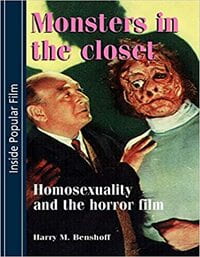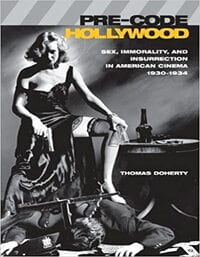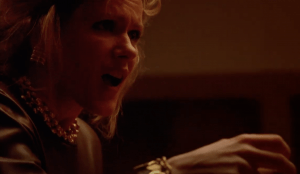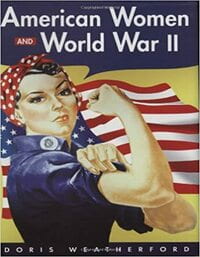Explore the Screams:
American popular culture has never been especially kind to women over forty. Sometimes written as crotchety misanthropes, other times cast as eccentric comic relief, perimenopausal and postmenopausal women rarely fare well on screen. This is particularly true in the horror genre where the word hag conjures up some very specific images usually involving a grotesque older woman attempting to suck the youth out of some unfortunate ingénue. Although this sub-genre is known by several names, including hagsploitation, hag horror, psycho-biddy horror and Grande Dame Guignol, the films it describes all follow the same template: an aging woman, often financially independent and who vacillates between hysterical and batshit crazy, is either the victim of or the perpetrator of gaslighting (Pahle). Frequently starring an aging movie actress who has not previously been known for horror films and whose body of work is extensive enough to ensure that audiences are able to delineate between her younger self and her older self-presentations, hagsploitation is a subgenre almost entirely predicated upon associating aging with the grotesque.
While hagsploitation examples can be found across the decades, their main era of popularity was the 1960s and 1970s, not uncoincidentally a time of great upheaval for women on the domestic front (Billson). Whatever Happened to Baby Jane, Robert Aldrich’s ode to an aging movie star and her paraplegic sister, debuted in October 1962 and is typically considered the first official hagsploitation film. Four months later, Betty Friedan’s groundbreaking book, The Feminine Mystique, was released and I would argue that both of these events tap into a cultural mood that contributed to the second wave of American feminism. A journalist who was fired after revealing she was pregnant with her second child, Friedan set about interviewing her former classmates in anticipation of their 15th college reunion. These interviews revealed the quiet frustrations of women who traded in their professional ambitions to become housewives and mothers. A year before, in 1961, President John F. Kennedy convened the President’s Commission on the Status of Women which looked at the ways legal inequality impacted women, particularly in the workplace (Cochrane). Kennedy also challenged the status-quo thinking that women’s value to society was limited to the home front and raising children. It was this same questioning of opportunities for women outside of the home that led Friedan to write about a sense of malaise she saw reflected in her life and the lives of her Smith College classmates when they discovered that, despite their stellar education, professional opportunities simply did not exist. Like these contemporaneous cultural events, hagsploitation pushes back against simply framing women as wives and mothers. Critics suggest hagsploitation is a cautionary tale of the madness that can befall a woman who is not grounded in home and family (Mortimer 156), but I contend that these films are actually subversive warnings of what happens when women don’t support other women. By imbuing youth with a specific type of cultural capital inaccessible to women over thirty, hagsploitation screams are a recognition of this chasm and the institutional forces invested in perpetuating it.
Hagsploitation screams code possibility for younger women living in the margins and looking for alternate ways of being. This is particularly important in our current cultural moment in which the act of natural aging is increasingly not the norm. Between Gen Z “voicing acute distress” regarding aging and Gen Alpha becoming the financial driver of sales in the skincare industry, social norms associated with aging have shifted dramatically (Holtermann; Cheong). Hags represent an alternate view on aging in which a woman’s power is not derived from the physical. Indeed, in many cases, Hags are only able to access their full autonomy once they have been divested from a sexualized gaze. Through their force, these screams counter notions of frailty stemming from physical presentation which typically are associated with age. They signal to younger women that without generational unity to support women stepping outside of prescribed roles, both physically and behaviorally, the Hags' fate will one day be their own.
On the surface, age and gender conspire in these films to position women who are middle aged and older as villains. Unlike other film genres that cast (equally problematically) postmenopausal women as founts of knowledge or eccentric foils, horror almost exclusively renders women of this age group as monstrous (Richards 119). From age-related disability in The Nanny (1965) to equating spinsterhood with mental illness in Misery (1990) to casting postmenopausal sexuality as abnormal in Ruby (1977), hagsploitation horror is rife with examples of aging women cast as threatening simply because they challenge cultural expectations about what it means to exist in the world as an older woman. In his exploration of the history of hagsploitation, Peter Shelley contends that these roles embody the “Woman in Peril” trope because they hinge on women being made vulnerable due to age (8). Sometimes this is the result of the natural decaying process that is part of aging, but other times it is the result of women having dared to live an unconventional life.
In the world of hagsploitation, women are expected to be wives and mothers- and those who intentionally eschew those roles cast as a threat (Young 3). This threat then magnifies depending on the woman’s age. As nothing disturbs the culture more than examples of people who are able to carve out lives living in opposition to societal norms, older women who have chosen not to enter into traditional marriage and mothering roles are viewed as dangerous. Pre-menopause, their age provides them enough of a history living in defiance of cultural pressures to demonstrate to younger women that such paths are possible. Post-menopause, their bodies become sites of defiance. Erin Harrington, whose excellent Women, Monstrosity and Horror Film: Gynaehorror explores female reproduction in horror films, explains how entering menopause positions women at the margins of cultural norms that are almost entirely predicated upon production:
The barren body refuses to ‘behave’ in a culturally-sanctioned manner, or to sit within the social categories that are made available to and that therefore construct the female body. The barren body, as a type of specifically female body, both signifies the potential capacity and refusal to reproduce. (234)
 By violating cultural expectations of reproduction, the hags in hagsploitation operate from the margins. Women who defy the roles of wife, mother, and (re)producer simultaneously reflect and challenge our expectations of aging by offering an alternative way of being that directly challenges the status quo (Sharry and McVittie 80). And while it is certainly true that these films explore “anxieties about aging in an increasingly youth- focused postwar culture,” I contend there is another narrative unfolding in hagsploitation films parallel to these readings (79).
By violating cultural expectations of reproduction, the hags in hagsploitation operate from the margins. Women who defy the roles of wife, mother, and (re)producer simultaneously reflect and challenge our expectations of aging by offering an alternative way of being that directly challenges the status quo (Sharry and McVittie 80). And while it is certainly true that these films explore “anxieties about aging in an increasingly youth- focused postwar culture,” I contend there is another narrative unfolding in hagsploitation films parallel to these readings (79).
Stephen King’s argument that horror is “innately conservative, even reactionary” explains the positioning of older women in hagsploitation as monstrous and needing to be expunged, but only if you are reading these films from the perspective of a 1960s and 1970s dominant culture frightened by women’s growing political power and independence (390). I argue that the screams emitted in the hagsploitation films Whatever Happened to Baby Jane, Strait-Jacket (1964), Lady in a Cage (1964), The Night Walker (1965), Eye of the Cat (1969), and What’s the Matter with Helen (1971) carve out a space for older women that negates ageism’s cultural erasure by forcing audience engagement with their marginality; those screams also echo second-wave feminism’s concerns over aging, caregiving roles, threats of physical violence, income insecurity, and incarceration. Though reacting to different pressures stemming from societal norms, all of these screams quite literally give voice to women living in opposition to gendered expectations.
Works Cited:
Billson, Anne. “‘Hagsploitation’: horror’s obsession with older women returns.” The Guardian, 18 Jan. 2018.
Cheong, Charissa. "Gen Alpha Seems Obsessed with Expensive Skincare – and Millennial Parents are Getting the Blame." Business Insider, 10 Jan. 2024.
Cochrane, Kira. "1963: The Beginning of the Feminist Movement." The Guardian, 7 May 2013.
Harrington, Erin Jean. Women, Monstrosity and Horror Film: Gynaehorror. Routledge, 2019.
Holtermann, Callie. "Why Does Gen Z Believe It’s ‘Aging Like Milk’?" New York Times (Online), 23 Jan. 2024.
King, Stephen. "The Horror Movie as Junk Food." Playboy, January 1982, pp. 120-122.
Mortimer, Claire. Spinsters, Widows and Chars: The Ageing Woman in British Film. Edinburgh University Press, 2021.
Pahle, Rebecca. "A Primer for the Unexpectedly Awesome Hagsploitation Horror Subgenre." SYFY Wire, 13 Nov. 2019.
Richards, Jennifer. "“Mirror, mirror on the wall, who is the ugliest of them all?” The Elderly as “Other” in Countess Dracula." Elder Horror: Essays on Film's Frightening Images of Aging, edited by Cynthia J. Miller and A. Bowdoin Van Riper, McFarland, 2019, pp. 119-128.
Shary, Timothy, and Nancy McVittie. Fade to Gray: Aging in American Cinema. University of Texas Press, 2021.
Shelley, Peter. Grande Dame Guignol Cinema: A History of Hag Horror from Baby Jane to Mother. McFarland & Co., 2009.
Singer, George HS, David E. Biegel, and Brandy L. Ethridge. "Toward a Cross Disability View of Family Support for Caregiving Families." Journal of Family Social Work vol. 12, no. 2, 2009, pp. 97-118.
Young, Caroline. Crazy Old Ladies: The Story of Hag Horror. BearManor Media, 2022.
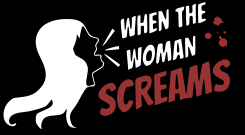




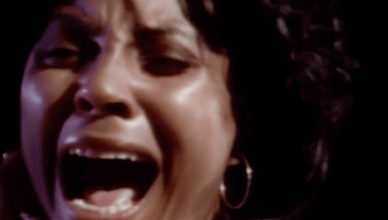
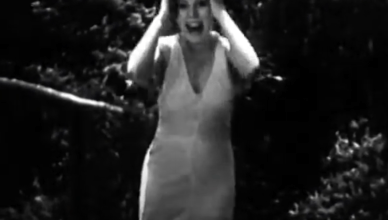
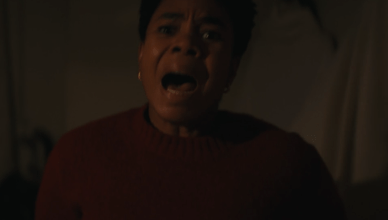


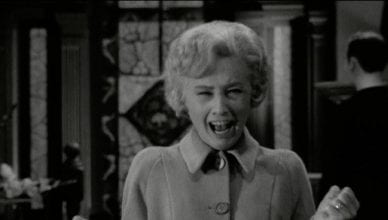

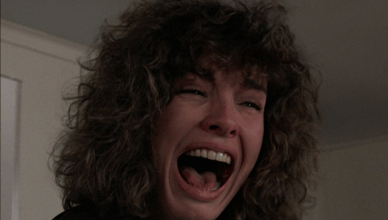
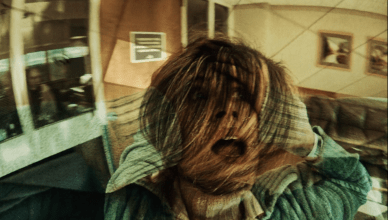
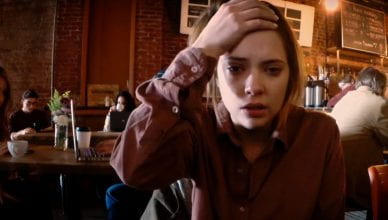
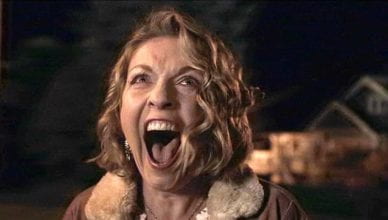
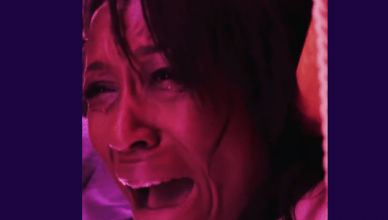
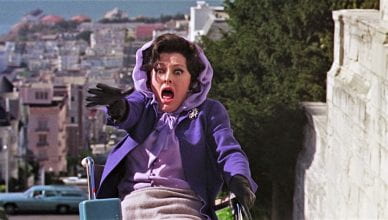
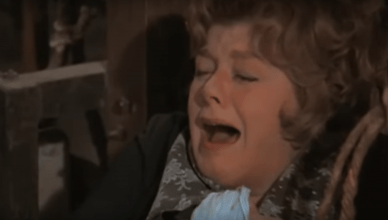
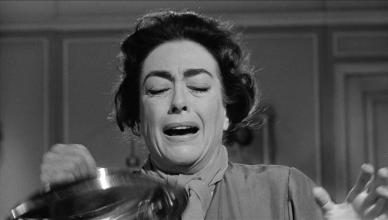
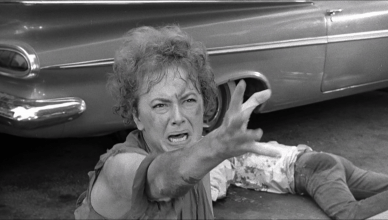
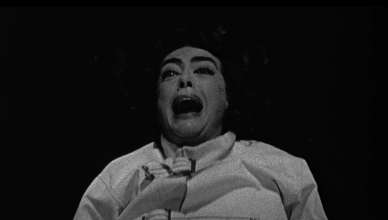
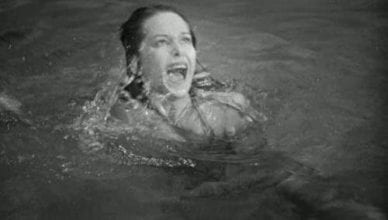
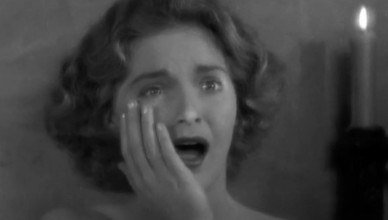
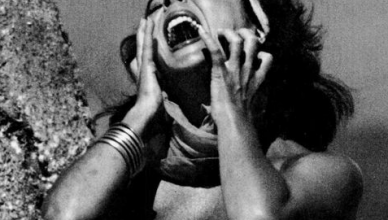
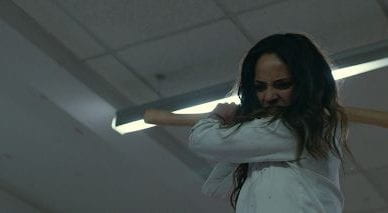
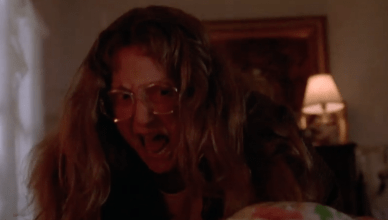
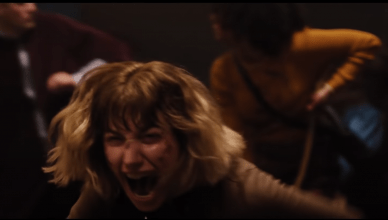
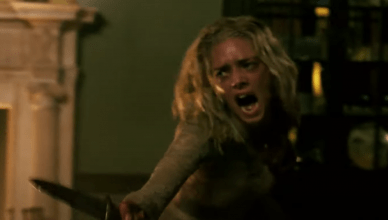
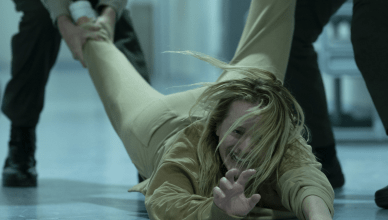
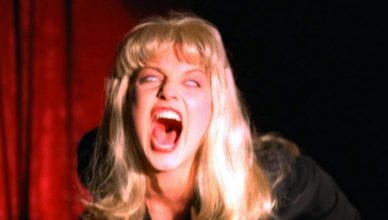

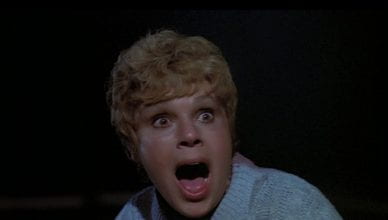

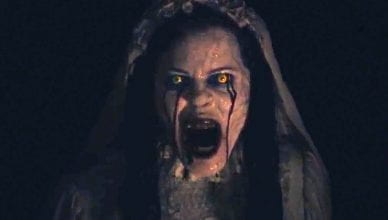


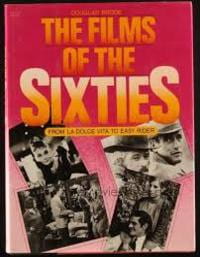


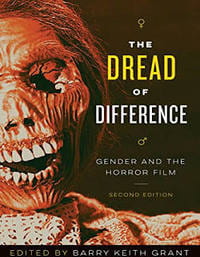


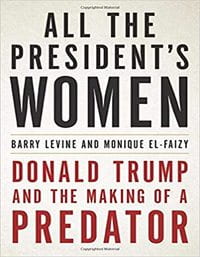



 Like other forms of popular culture, horror is rife with examples of mothers who are framed through their innate need to protect and defend their children displaying what Erin Harrington calls a “spectacle of female ferocity” and a willingness “to sacrifice their own lives to save or seek vengeance for their children” (198). Chris in The Exorcist (1973), Karen in Child’s Play (1988), and Rachel in The Ring (2002) are all examples of mothers pushed to violence to protect their children but who never move into the position of monster. They reflect a standard of motherhood that “valorises self-sacrifice, selflessness and nurturance” and that equates those traits with being a “good” mother (Arnold 37). Conversely, other mothers, such as Ruth in The Girl Next Door (2007) The Mother in Barbarian (2022), and Ellie from Evil Dead Rise (2023) violate audience expectations by engaging in extreme non-normative behaviors that explicitly privilege their needs above those of their children. Their violence and absolute disregard for the well-being of their children moves them firmly into traditional spaces of monstrosity. But what of those mothers who exist at the edges of the “good” and “bad” mother binary?
Like other forms of popular culture, horror is rife with examples of mothers who are framed through their innate need to protect and defend their children displaying what Erin Harrington calls a “spectacle of female ferocity” and a willingness “to sacrifice their own lives to save or seek vengeance for their children” (198). Chris in The Exorcist (1973), Karen in Child’s Play (1988), and Rachel in The Ring (2002) are all examples of mothers pushed to violence to protect their children but who never move into the position of monster. They reflect a standard of motherhood that “valorises self-sacrifice, selflessness and nurturance” and that equates those traits with being a “good” mother (Arnold 37). Conversely, other mothers, such as Ruth in The Girl Next Door (2007) The Mother in Barbarian (2022), and Ellie from Evil Dead Rise (2023) violate audience expectations by engaging in extreme non-normative behaviors that explicitly privilege their needs above those of their children. Their violence and absolute disregard for the well-being of their children moves them firmly into traditional spaces of monstrosity. But what of those mothers who exist at the edges of the “good” and “bad” mother binary?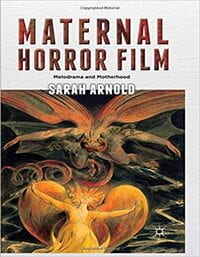




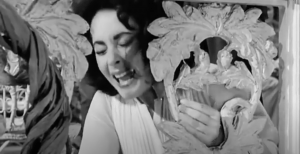
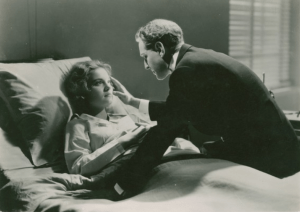 Frequently only developed in relation to a narrative’s heteronormative characters, queer villains have a legacy of existing solely to fortify gender and sexual binaries (Vallese 3). And yet, these characterizations have also offered queer moviegoers an opportunity to imagine identities beyond a rigid set of cultural norms that see gender as fixed and only in relation to physical/sexual presentation. As Heather O. Petrocelli notes in Queer for Fear: Horror Film and the Queer Spectator, queer spectatorship enables a reading of villainy beyond the obvious: “queers feel seen by horror because they recognize a kind of kinship between the trauma shown in horror films and their embodied queer traumas, as both societal victim and monster” (132).
Frequently only developed in relation to a narrative’s heteronormative characters, queer villains have a legacy of existing solely to fortify gender and sexual binaries (Vallese 3). And yet, these characterizations have also offered queer moviegoers an opportunity to imagine identities beyond a rigid set of cultural norms that see gender as fixed and only in relation to physical/sexual presentation. As Heather O. Petrocelli notes in Queer for Fear: Horror Film and the Queer Spectator, queer spectatorship enables a reading of villainy beyond the obvious: “queers feel seen by horror because they recognize a kind of kinship between the trauma shown in horror films and their embodied queer traumas, as both societal victim and monster” (132).